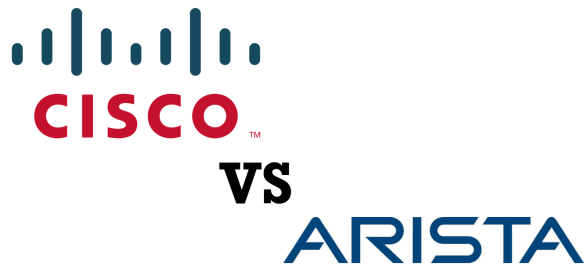Why are SD-WANs taking off? Because they are secure, affordable and easy to use
This vendor-written tech primer has been edited by Network World to eliminate product promotion, but readers should note it will likely favor the submitter’s approach.
Software-defined Wide Area Networking is red hot. It is safe to assume that, going forward, every multi-location business will rely on SD-WAN for a cost-effective, high-quality, unified network solution.
In fact, IDC recently released a report predicting SD-WAN revenue will reach $6 billion in 2020. Why? Because SD-WANs are secure, affordable and easy-to-use. Those three magic words are enough to turn any CEO’s head, and the benefits go well beyond that. SD-WANs address a confluence of issues that multi-location businesses are facing right now.
To read this article in full or to leave a comment, please click here
Worth Reading: One old guy’s advice
The post Worth Reading: One old guy’s advice appeared first on 'net work.
Cisco vs. Arista: Shades of Gray

Yesterday was D-Day for Arista in their fight with Cisco over the SysDB patent. I’ve covered this a bit for Network Computing in the past, but I wanted to cover some new things here and put a bit more opinion into my thoughts.
Cisco Designates The Competition
As the great Stephen Foskett (@SFoskett) says, you always have to punch above your weight. When you are a large company, any attempt to pick on the “little guy” looks bad. When you’re at the top of the market it’s even tougher. If you attempt to fight back against anyone you’re going to legitimize them in the eye of everyone else wanting to take a shot at you.
Cisco has effectively designated Arista as their number one competitor by way of this lawsuit. Arista represents a larger threat that HPE, Brocade, or Juniper. Yes, I agree that it is easy to argue that the infringement constituted a material problem to their business. But at the same time, Cisco very publicly just said that Arista is causing a problem for Cisco. Enough of a problem that Cisco is going to take them to court. Not make Arista license the patent. That’s telling.
Platform9 & ZeroStack Make OpenStack a Little More VMware-Friendly
 High availability is highly desirable.
High availability is highly desirable.
Worth Reading: IPv6 performance (again)
The post Worth Reading: IPv6 performance (again) appeared first on 'net work.
On the ‘net: I2RS on Packet Pushers
While Greg was at the IETF in Berlin, Sue Hares and I—the two current co-chairs of the I2RS working group—had a general discussion around what the big idea is and where the working group is headed. You can listen to the recording at Packet Pushers.
The post On the ‘net: I2RS on Packet Pushers appeared first on 'net work.
Nuage Birthed its SD-WAN in the Data Center
 It nurtured SD-WAN from a different perspective.
It nurtured SD-WAN from a different perspective.